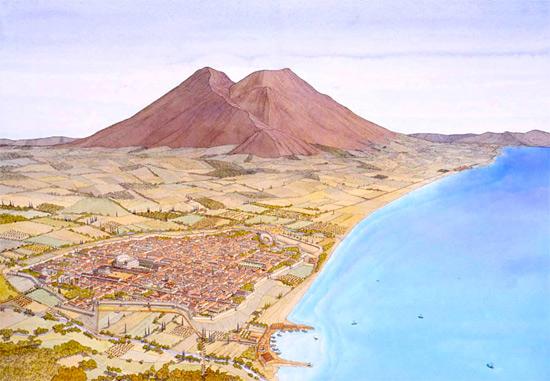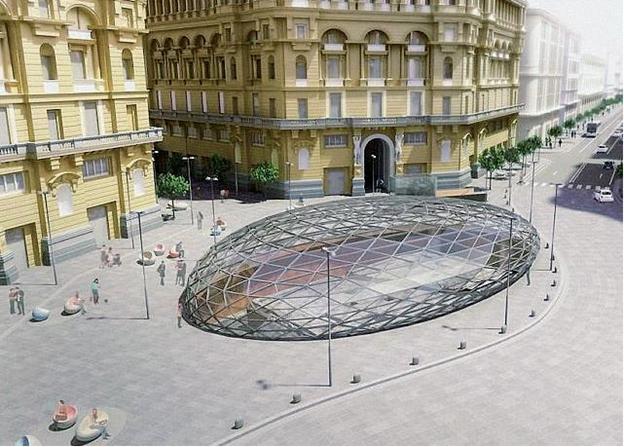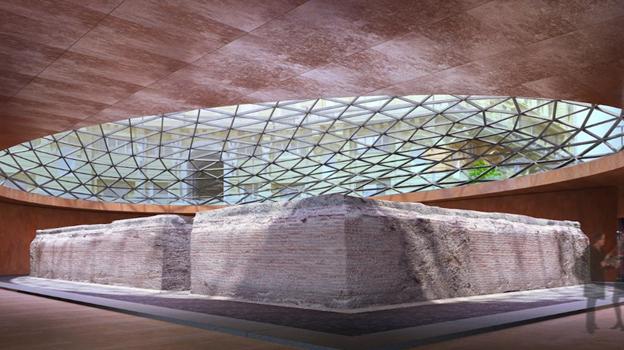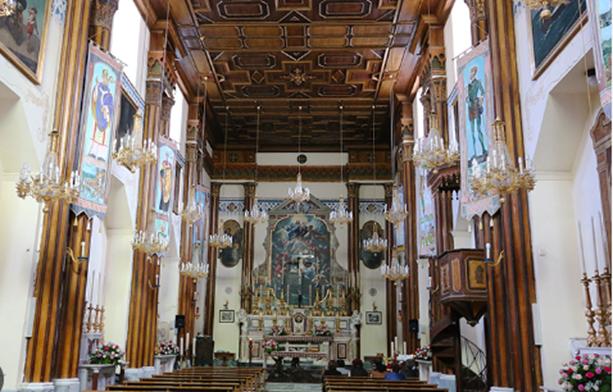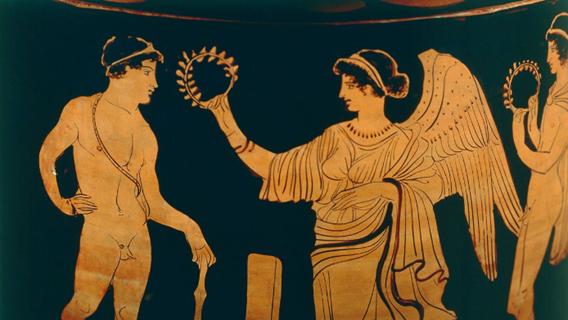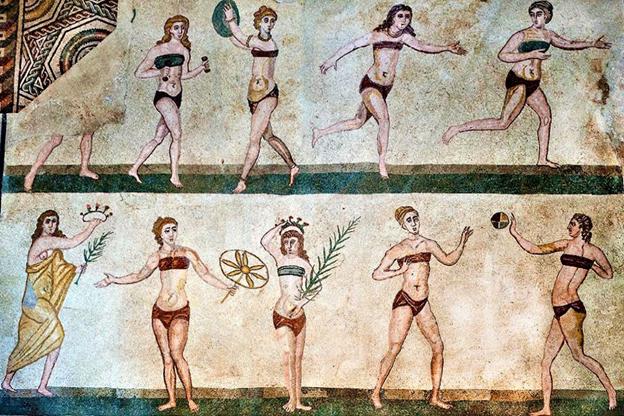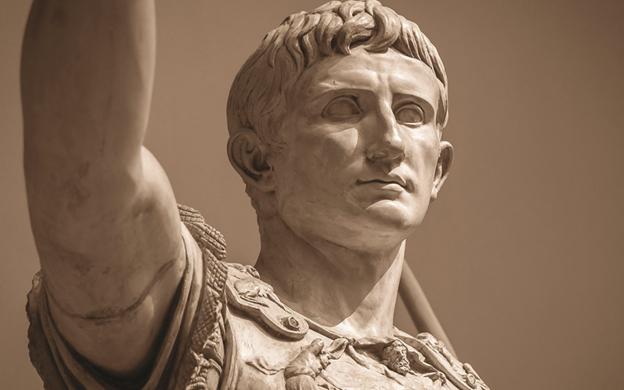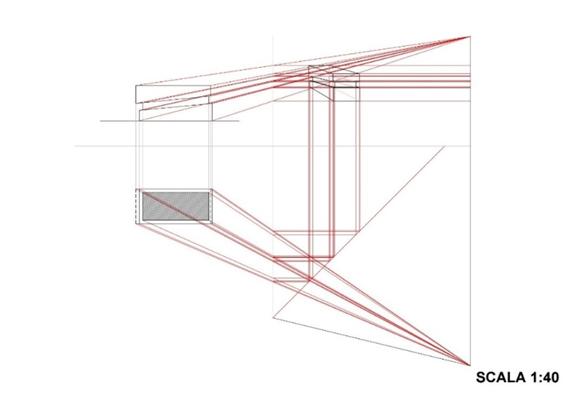Who was Seia Spes?
Who was Seia Spes?
Seia Spes was a young athlete from the island of Ischia who won a running race at the Isolimpic Games in Naples in 154 AD.
How do we know about her?
The archaeologist and historian Don Pietro Monti undertook restoration works in the Basilica of Santa Restituta and found her honorific stone walled up in a column.
Where is the memorial stone located today?
it is placed in the churchyard of the Basilica of Santa Restituta on the left side near the entrance, in Piazza S.Restituta in Lacco Ameno
Why is it so important?
Because it reveals us that women in Neapolis also had the right to participate in the Isolympic Games, and this puts the role of women in the Greco-Roman world in a new light. Seia Spes therefore returns a new interpretation of the past making this testimony kept in our territory invaluable
In 154 after Christ Seia Spes, a young woman from the island of Ischia, won the running race at the Isolympic Games in Naples. During the restoration works of the Church of Santa Restituta in Lacco Ameno on the island Ischia (Italy), a marble cippus dedicated to a local athlete who in the 1st century AD, was discovered hidden in a column.
In Naples (Italy) she had participated in the Isolympic games, or Italikà Romania Sebastà Isolympia, similar to the Olympics in Greece, organized in honor of the Emperor Augustus.
This cippus was dedicated by Lucio Cocceio Prisco to his wife Seia Spes, daughter of Seio, quaestor and aedile, winner of the foot race in XXIX Italide in 154 AD.
Until 1952 it was walled up, together with another memorial stone, in the small church of Santa Restituta, between the sidewalls and the arms of the balustrade and it was believed that they were two funerary tombstones. When the historian and archaeologist Don Pietro Monti undertook his ten-year archaeological excavations, it was discovered that this was actually an honorific and non-funerary cippus, with a Greek inscription walled up inside, probably during the early medieval period. lIn fact, in the 500s and 600s it was a common practice to destroy Roman structures to reuse the pieces as foundations for new buildings.
The marble cippus has the following inscription:
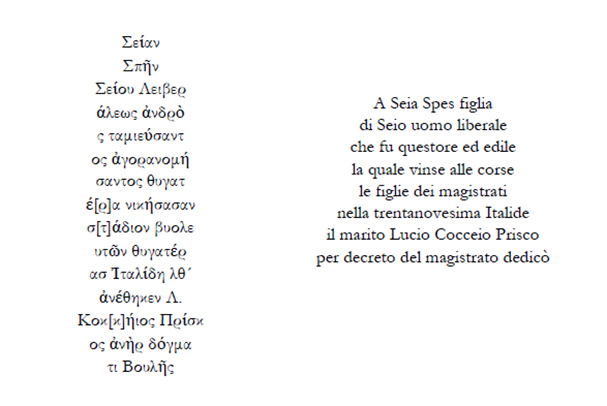
Seia Spes participated in the 39th edition of the Isolympic games, or Italikà Romania Sebastà Isolympia, which were presumably established in Naples , the most “greek city of Italy” in the year 2 AD. C. in honour of the emperor Augustus, as thanks for having rushed to the rescue of the city after a violent earthquake. The emperor himself participated in the edition of 14 A.D. shortly before his death.
During the excavations for the new underground station in the city of Naples in Piazza Nicola Amore, two large buildings with statues and 800 fragments of tables with the names of the athletes of the winners of the Isolimpiadi engraved in Greek divided by categories, men, women , boys and girls; It is the rediscovered "Monumental Complex of the Isomlympic Games". The Museum-Cathedral Underground oStation will be a museum open to all and inside the underground station it will be possible to observe the various historical stratifications of the city up to the Iron Age.
The denomination of Isolimpici comes from the fact that the games were equivalent to the Olympics in Greece, both for the type of competitions and for the periodicity. Like the Greek ones, in fact, they took place every four years and lasted five days, and took place between the end of July and the beginning of August (later they were moved to 22 September to make them coincide with Augustus' birthday) and included both athletic and horse racing. However, some special gymnastic competitions were also envisaged, reserved for women daughters of the elite.
The competitions were divided into two distinct parts: the first included athletic and equestrian competitions, the second musical and dramatic competitions. Between the first and second parts there was a day devoted to jury discussions on fines and penalties, as well as religious displays, such as a procession to the Caesareum and sacrifices to the gods and to the divine Augustus. Participation in the games was open to competing athletes from any region of the Hellenic world; in fact, citizens of Minor Asia, Egypt and Greece attended. Registration for the competitions had to take place one month before the start of the games, under penalty of exclusion from the competitions themselves or a severe fine, unless the delay was justified by serious and documented reasons, such as illness, robbery suffered on the road or shipwreck.
No prize money was provided for the winners of athletic and equestrian competitions. The only and therefore most appreciated reward consisted in a crown of wheat which was deposited with solemn pomp on the head of the winner in the city gymnasium which repaid the athlete with popularity and glory.
For the scenic competitions, on the contrary, there were cash prizes that could reach the considerable sum of 4000 *drachmas which served to contribute to cover the costs of scenic settings and the salaries of actors.
(*the drachma was the name of a coin of ancient Greece. This name was revived in Greece after 1832 to indicate the Greek drachma, in use until the introduction of the Euro). The Casual discovery of the marble cippus therefore constitutes a precious testimony that reveals a multitude of important information on the athletes of the ancient world and on the uses and customs of the Greek-Roman world considered by many to be the cradle of European civilization.
The discovery of the marble cippus of Seia Spes lets us know for the first time in a clear and evident way that women also participated in the Neapolitan games, which was forbidden in ancient times but was practiced only in some historic cities like Sparta, Elis and Cyrene , in which even girls were admitted to public gymnastic competitions. According to the sporting rules dictated by Plato, unmarried women aged between 16 and 24 could also participate in the women's competitions at the Olympic Games.
What this young woman's victory symbolizes goes beyond the mere running race but takes on a whole new and revolutionary meaning in the understanding of the shared historical narrative.
The participation of women in Olympic competitions, which had never been hypothesized before,thanks to Seia Spes provides a new perspective of the past, and represents a valuable testimony of it and being able to kept this important testimony of the past in on our territory is invaluable.
Pro Loco Lacco Ameno through a collaboration with the Cultural Entrepreneurship Institute Berlin of Dr. Clara Mavellia worked on a punctual research over the course of four months that investigated the marble cippus, its historical significance, the value of its message and at the same time is value for us currently, all the challenges that women face in our society and underlining the relationship between them and the sport’s world.
Academic, social and cultural personalities, national and international, have contributed to this project, each one of them providing a unique and particular perspective on the topic with the aim of giving life to an overview that was as global and complete as possible. Theses, observations, focus and new challenges are all contents of the conference held on May 9, 2023 and can be used by following this link https://www.youtube.com/user/ceberlin/videos?app=desktop
This work is part of a larger socio-cultural project called "Ischia Cultura" conceived and wanted by the founder Catrin Cigliano, the project is meant for all people interested in cultural and social promotion and in particular those between 15 and 18 years. Stefania Guarracino member of the association and university student thanks to MOBILISME Sme has been able to learn and interact with the institute of Dr. Mavellia directly in Berlin, acquiring skills concerning the know-how and networking extremely useful for the future of cultural and social promotion of our territory.
Furthermore special thanks goes to Liceo Buchner and the studentsIschia’s: Sabrina Amalfitano, Veronica Amalfitano, Mirea Buonocore,Lucia Di Meglio, Adriano Ferrandino, Myriam Formisano,Brigida Gioba, Caterina Petrillo, Sara Restituto, Giorgia Sasso, Gaia Savastano, Asia Spignese e Chiara, Angelica Taglialatela, under the direction of the principal Assunta Barbieri and also a needed mention to Danilo Tuccillo, also a student, who had previously worked on the historical research himself and started a cooperation with the public administration to promote ed evaluate the marble cippus.
The students of CAT (Environmental and Territory Construction), Barano Agostino, Castagliuolo Luigi, Castaldi Denise, Di Ioirio Ludovica, Dracea Ilie Teodor, Iacono Ida, Savignoni Michele, Spennato Roberto, Streppone Emmanuel and Taliercio Gaia, from the ITCG Enrico Mattei Institute, who, led by the architecture student Valerio D'Ambra, designed various projects and proposed them to the administration of Lacco Ameno, some complex ones that require permission of the Superintendency of Archaeological Heritage because they require the movement of the marble cippus from its current position and some simpler ones that equally highlight the cippus by changing only the surrounding environment through colors and lights.
Special mention go to the excellent contribution of the archaeologists Mariangela Catuogno and Diva Di Nanni, who have dedicated themselves to the history of the marble cippus at various times in their careers, (Diva di Nanni published on Historika a very interesting article on the theme: Le regine dello sport. Atlete e artiste in gara nel mondo greco-romano https://journals.openedition.org/historika/402) allowing us today to know a part of our past in a very accurate way. Special thanks also to archaeologist Gloria Olcese , who not only dedicated herself to the study of the Cippus, but the entire archaeological site in the area, actively working for its reopening, aware of the immense historical and cultural value that the excavations of Santa Restituta in their entirety represent and have represented over time. She has written several books like “Pithecusan Workshops” and “Le anfore greco italiche di Ischia: archeologia e archeometria. Artigianato ed economia nel Golfo di Napoli”. https://www.immensaaequora.org/
The translation by Professor Vincenzo Di Meglio, stringent and detailed was a turning point element in the understanding of the real dynamics of history. Professor Di Meglio has created many little videos on you tube and in the Public Library Bibilioteca Antoniana directed by Dott. Lucia Annicelli, his work is very important because it permits learning about ancient history and culture through videos, a way today preferred by new generations. Special thanks to Professor Anna Verde her interesting storytelling is always been committed to promote values of interculturality highlighting the centrality of Ischia as a territory open to different cultures and ways of thinking
Very special thanks go to Mayor Giacomo Pascale and the councilor architect Carla Tufano, who took part in the conference and to the entire administration of Lacco Ameno which has always supported projects aiming to cultural and social promotion of the island and territory especially through the collaboration and inclusion of the younger ones.
Thank also to Campania Region in the person of the Councilor for Simplification and Tourism Felice Casucci who granted the patronage and brought greetings from the Region to the conference.
Finally Associazione Pro Loco Lacco Ameno thanks MobiliseSME and Cultural Entrepreneurship Institute Berlin and in particular Professor Clara Mavellia for the fruitful and interesting collaboration.
Thanks for the pictures to:
https://teatropertutti.it/approfondimenti/teatro-nella-storia/teatro-antica-roma
https://www.tripnacria.it/post/i-mosaici-di-piazza-armerina
https://cosedinapoli.com/itinerari/il-tempio-dei-giochi-isolimpici/
https://www.prontoischia.it/articoli/lacco-ameno/chiese/la-chiesa-di-santa-restituta
https://www.quotidianodelsud.it/laltravoce-dellitalia/il-dibattito-e-le-idee/libri/2019/12/26/cesare-augusto-il-mistero-della-morte-e-del-suo-sosia-limperatore-mori-prima
https://mediterraneoantico.it/articoli/il-lato-oscuro-dello-sport-anche-nelle-competizioni-di-3000-anni-fa-doping-corruzione-inganni-e-morti-sospette/
https://www.repubblica.it/solidarieta/diritti-umani/2020/12/06/news/parita_di_genere-277224175/
https://www.romanoimpero.com/2010/09/neapolis-napoli-campania.html

